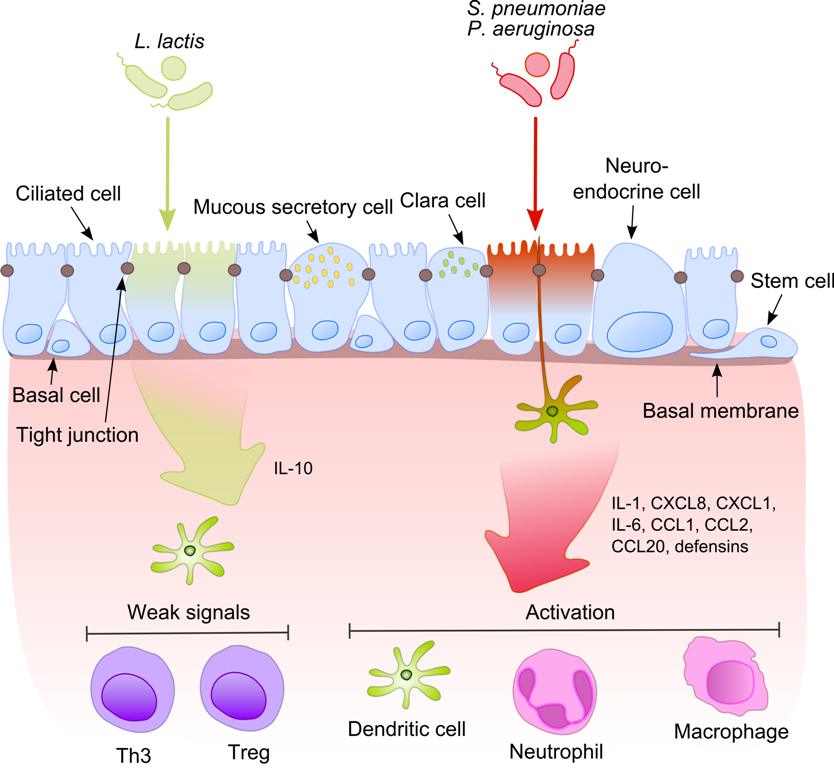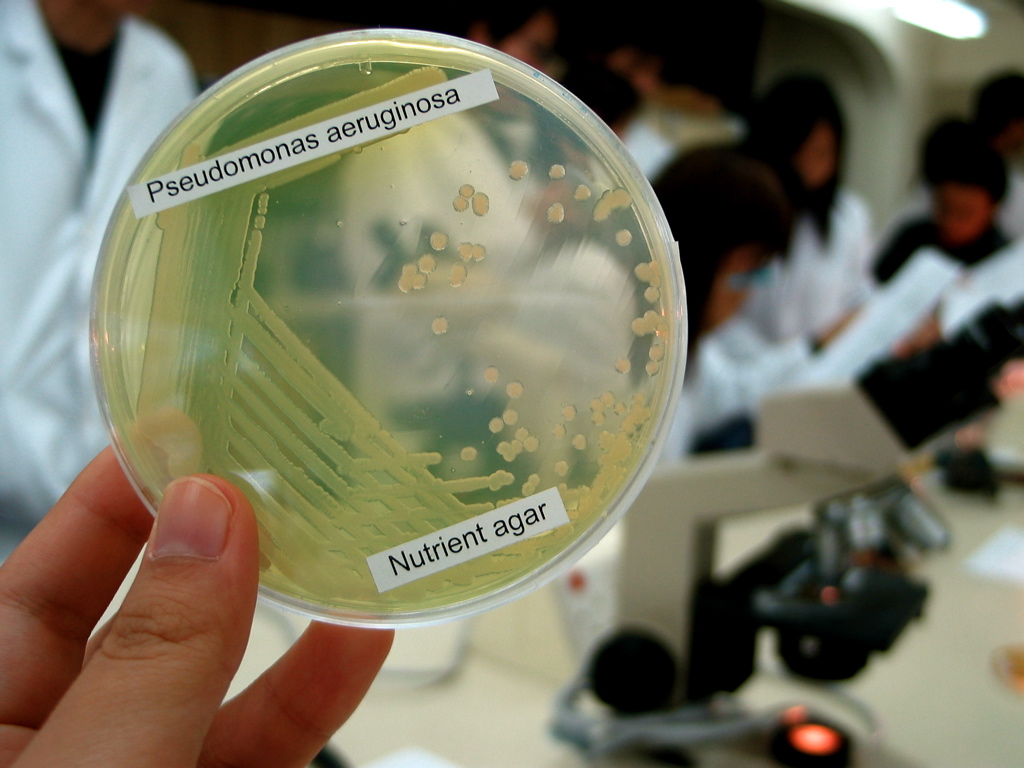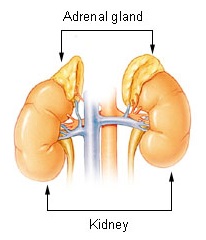|
Waterhouse–Friderichsen Syndrome
Waterhouse–Friderichsen syndrome (WFS) is defined as adrenal gland failure due to hemorrhages in the adrenal glands, commonly caused by sepsis. Typically, the bacteria responsible for triggering the bleeding is '' Neisseria meningitidis''. The bacterial infection leads to massive bleeding into one or both adrenal glands. Bilateral adrenal gland hemorrhaging is more common. It is characterized by overwhelming bacterial infection meningococcemia leading to massive blood invasion, organ failure, coma, low blood pressure and shock, disseminated intravascular coagulation (DIC) with widespread purpura, rapidly developing adrenocortical insufficiency and death. Signs and symptoms Waterhouse–Friderichsen syndrome can be caused by a number of different organisms (see below). When caused by ''Neisseria meningitidis'', WFS is considered the most severe form of meningococcal sepsis. The onset of the illness is nonspecific with fever, rigors, vomiting, and headache. Soon a rash appea ... [...More Info...] [...Related Items...] OR: [Wikipedia] [Google] [Baidu] |
Bacterial Infection
Pathogenic bacteria are bacteria that can cause disease. This article focuses on the bacteria that are pathogenic to humans. Most species of bacteria are harmless and many are beneficial but others can cause infectious diseases. The number of these pathogenic species in humans is estimated to be fewer than a hundred. By contrast, several thousand species are considered part of the gut flora, with a few hundred species present in each individual human's digestive tract. The body is continually exposed to many species of bacteria, including beneficial commensals, which grow on the skin and mucous membranes, and saprophytes, which grow mainly in the soil and in decaying matter. The blood and tissue fluids contain nutrients sufficient to sustain the growth of many bacteria. The body has defence mechanisms that enable it to resist microbial invasion of its tissues and give it a natural immunity or innate resistance against many microorganisms. Pathogenic bacteria are speci ... [...More Info...] [...Related Items...] OR: [Wikipedia] [Google] [Baidu] |
Meningitis
Meningitis is acute or chronic inflammation of the protective membranes covering the brain and spinal cord, collectively called the meninges. The most common symptoms are fever, intense headache, vomiting and neck stiffness and occasionally photophobia. Other symptoms include confusion or altered consciousness, nausea, and an inability to tolerate loud noises. Young children often exhibit only nonspecific symptoms, such as irritability, drowsiness, or poor feeding. A non-blanching rash (a rash that does not fade when a glass is rolled over it) may also be present. The inflammation may be caused by infection with viruses, bacteria, fungi or parasites. Non-infectious causes include malignancy (cancer), subarachnoid hemorrhage, chronic inflammatory disease ( sarcoidosis) and certain drugs. Meningitis can be life-threatening because of the inflammation's proximity to the brain and spinal cord; therefore, the condition is classified as a medical emergency. A lumba ... [...More Info...] [...Related Items...] OR: [Wikipedia] [Google] [Baidu] |
Pseudomonas Aeruginosa
''Pseudomonas aeruginosa'' is a common Bacterial capsule, encapsulated, Gram-negative bacteria, Gram-negative, Aerobic organism, aerobic–facultative anaerobe, facultatively anaerobic, Bacillus (shape), rod-shaped bacteria, bacterium that can cause disease in plants and animals, including humans. A species of considerable medical importance, ''P. aeruginosa'' is a multiple drug resistance, multidrug resistant pathogen recognized for its ubiquity, its Intrinsic and extrinsic properties, intrinsically advanced antibiotic resistance mechanisms, and its association with serious illnesses – hospital-acquired infections such as ventilator-associated pneumonia and various sepsis syndromes. ''P. aeruginosa'' is able to selectively inhibit various antibiotics from penetrating its outer membrane'' ''– and has high resistance to several antibiotics. According to the World Health Organization ''P. aeruginosa'' poses one of the greatest threats to humans in terms of an ... [...More Info...] [...Related Items...] OR: [Wikipedia] [Google] [Baidu] |
Bacteria
Bacteria (; : bacterium) are ubiquitous, mostly free-living organisms often consisting of one Cell (biology), biological cell. They constitute a large domain (biology), domain of Prokaryote, prokaryotic microorganisms. Typically a few micrometres in length, bacteria were among the first life forms to appear on Earth, and are present in most of its habitats. Bacteria inhabit the air, soil, water, Hot spring, acidic hot springs, radioactive waste, and the deep biosphere of Earth's crust. Bacteria play a vital role in many stages of the nutrient cycle by recycling nutrients and the nitrogen fixation, fixation of nitrogen from the Earth's atmosphere, atmosphere. The nutrient cycle includes the decomposition of cadaver, dead bodies; bacteria are responsible for the putrefaction stage in this process. In the biological communities surrounding hydrothermal vents and cold seeps, extremophile bacteria provide the nutrients needed to sustain life by converting dissolved compounds, suc ... [...More Info...] [...Related Items...] OR: [Wikipedia] [Google] [Baidu] |
Cerebrospinal Fluid
Cerebrospinal fluid (CSF) is a clear, colorless Extracellular fluid#Transcellular fluid, transcellular body fluid found within the meninges, meningeal tissue that surrounds the vertebrate brain and spinal cord, and in the ventricular system, ventricles of the brain. CSF is mostly produced by specialized Ependyma, ependymal cells in the choroid plexuses of the ventricles of the brain, and absorbed in the arachnoid granulations. It is also produced by ependymal cells in the lining of the ventricles. In humans, there is about 125 mL of CSF at any one time, and about 500 mL is generated every day. CSF acts as a shock absorber, cushion or buffer, providing basic mechanical and immune system, immunological protection to the brain inside the Human skull, skull. CSF also serves a vital function in the cerebral autoregulation of cerebral blood flow. CSF occupies the subarachnoid space (between the arachnoid mater and the pia mater) and the ventricular system around and inside t ... [...More Info...] [...Related Items...] OR: [Wikipedia] [Google] [Baidu] |
Partial Thromboplastin Time
The partial thromboplastin time (PTT), also known as the activated partial thromboplastin time (aPTT or APTT), is a blood test that characterizes coagulation of the blood. A historical name for this measure is the Kaolin-cephalin clotting time (KCCT), reflecting kaolin and cephalin as materials historically used in the test. Apart from detecting abnormalities in blood clotting, partial thromboplastin time is also used to monitor the treatment effect of heparin, a widely prescribed drug that reduces blood's tendency to clot. The PTT measures the overall speed at which blood clots form by means of two consecutive series of biochemical reactions known as the ''intrinsic'' pathway and common pathway of coagulation. The PTT indirectly measures action of the following coagulation factors: I (fibrinogen), II (prothrombin), V (proaccelerin), VIII (anti-hemophilic factor), X (Stuart–Prower factor), XI (plasma thromboplastin antecedent), and XII (Hageman factor). The PTT is ... [...More Info...] [...Related Items...] OR: [Wikipedia] [Google] [Baidu] |
Prothrombin Time
The prothrombin time (PT) – along with its derived measures of prothrombin ratio (PR) and international normalized ratio (INR) – is an assay for evaluating the Coagulation#Extrinsic pathway, extrinsic pathway and Coagulation#Common pathway, common pathway of coagulation. This blood test is also called ''protime INR'' and ''PT/INR''. They are used to determine the Thrombophilia, clotting tendency of blood, in conditions such as the measure of warfarin dosage, liver damage (cirrhosis), and vitamin K status. PT measures the following Coagulation#Coagulation factors, coagulation factors: fibrinogen, I (fibrinogen), thrombin, II (prothrombin), Factor V, V (proaccelerin), Factor VII, VII (proconvertin), and Factor X, X (Stuart–Prower factor). PT is often used in conjunction with the partial thromboplastin time, activated partial thromboplastin time (aPTT) which measures the Coagulation#intrinsic pathway, ''intrinsic'' pathway and common pathway of coagulation. Laboratory measur ... [...More Info...] [...Related Items...] OR: [Wikipedia] [Google] [Baidu] |
Thrombocytopenia
In hematology, thrombocytopenia is a condition characterized by abnormally low levels of platelets (also known as thrombocytes) in the blood. Low levels of platelets in turn may lead to prolonged or excessive bleeding. It is the most common coagulation disorder among intensive care units, intensive care patients and is seen in a fifth of medical patients and a third of surgical patients. A normal human platelet count ranges from 150,000 to 450,000 platelets/microliter (μL) of blood. Values outside this range do not necessarily indicate disease. One common definition of thrombocytopenia requiring emergency treatment is a platelet count below 50,000/μL. Thrombocytopenia can be contrasted with the conditions associated with an abnormally ''high'' level of platelets in the blood – thrombocythemia (when the cause is unknown), and thrombocytosis (when the cause is known). Signs and symptoms Thrombocytopenia usually asymptomatic, has no symptoms and is picked up on a routine comp ... [...More Info...] [...Related Items...] OR: [Wikipedia] [Google] [Baidu] |
C-reactive Protein
C-reactive protein (CRP) is an annular (ring-shaped) pentameric protein found in blood plasma, whose circulating concentrations rise in response to inflammation. It is an acute-phase protein of hepatic origin that increases following interleukin-6 secretion by macrophages and T cells. Its physiological role is to bind to lysophosphatidylcholine expressed on the surface of dead or dying cells (and some types of bacteria) in order to activate the complement system via C1q. CRP is synthesized by the liver in response to factors released by macrophages, T cells and fat cells (adipocytes). It is a member of the pentraxin family of proteins. It is not related to C-peptide (insulin) or protein C (blood coagulation). C-reactive protein was the first pattern recognition receptor (PRR) to be identified. History and etymology Discovered by William S. Tillett, Tillett and Francis in 1930, it was initially thought that CRP might be a pathogenic secretion since it was elevated in a variety ... [...More Info...] [...Related Items...] OR: [Wikipedia] [Google] [Baidu] |
Leukopenia
Leukopenia () is a decrease in the number of white blood cells (leukocytes). It places individuals at increased risk of infection as white blood cells are the body's primary defense against infections. Signs and symptoms Symptoms may include: * skin or mouth ulcers * sore throat * cough * difficulty in breathing * light-headedness * fever * chills * body aches Leukopenia vs. neutropenia Neutropenia, a subtype of leukopenia, refers to a decrease in the number of circulating neutrophil granulocytes, the most abundant white blood cells. The terms ''leukopenia'' and ''neutropenia'' may occasionally be used interchangeably, as the neutrophil count is the most important indicator of infection risk. Agranulocytosis is an acute form of neutropenia. Causes Medical conditions Low white cell count may be due to acute viral infections, such as a cold or influenza. It has been associated with chemotherapy, radiation therapy, myelofibrosis, aplastic anemia (failure of white cell, red ... [...More Info...] [...Related Items...] OR: [Wikipedia] [Google] [Baidu] |
Leukocytosis
Leukocytosis is a condition in which the white cell (leukocyte) count is above the normal range in the blood. It is frequently a sign of an inflammatory response, most commonly the result of infection, but may also occur following certain parasitic infections or bone tumors as well as leukemia. It may also occur after strenuous exercise, convulsions such as epilepsy, emotional stress, pregnancy and labor, anesthesia, as a side effect of medication (e.g., lithium), and epinephrine administration. There are five principal types of leukocytosis: neutrophilia (the most common form), lymphocytosis, monocytosis, eosinophilia, and basophilia. This increase in leukocyte (primarily neutrophils) is usually accompanied by a "left upper shift" in the ratio of immature to mature neutrophils and macrophages. The proportion of immature leukocytes increases due to proliferation and inhibition of granulocyte and monocyte precursors in the bone marrow which is stimulated by several products o ... [...More Info...] [...Related Items...] OR: [Wikipedia] [Google] [Baidu] |
ACTH Stimulation Test
The ACTH test (also called the cosyntropin, tetracosactide, or Synacthen test) is a medical test usually requested and interpreted by endocrinologists to assess the functioning of the adrenal glands' stress response by measuring the adrenal response to adrenocorticotropic hormone (ACTH; corticotropin) or another corticotropic agent such as tetracosactide (cosyntropin, tetracosactrin; Synacthen) or alsactide (Synchrodyn). ACTH is a hormone produced in the anterior pituitary gland that stimulates the adrenal glands to release cortisol, dehydroepiandrosterone (DHEA), dehydroepiandrosterone sulfate (DHEA-S), and aldosterone. During the test, a small amount of synthetic ACTH is injected, and the amount of cortisol (and sometimes aldosterone) that the adrenals produce in response is measured. This test may cause mild side effects in some individuals. This test is used to diagnose or exclude primary and secondary adrenal insufficiency, Addison's disease, and related conditio ... [...More Info...] [...Related Items...] OR: [Wikipedia] [Google] [Baidu] |








